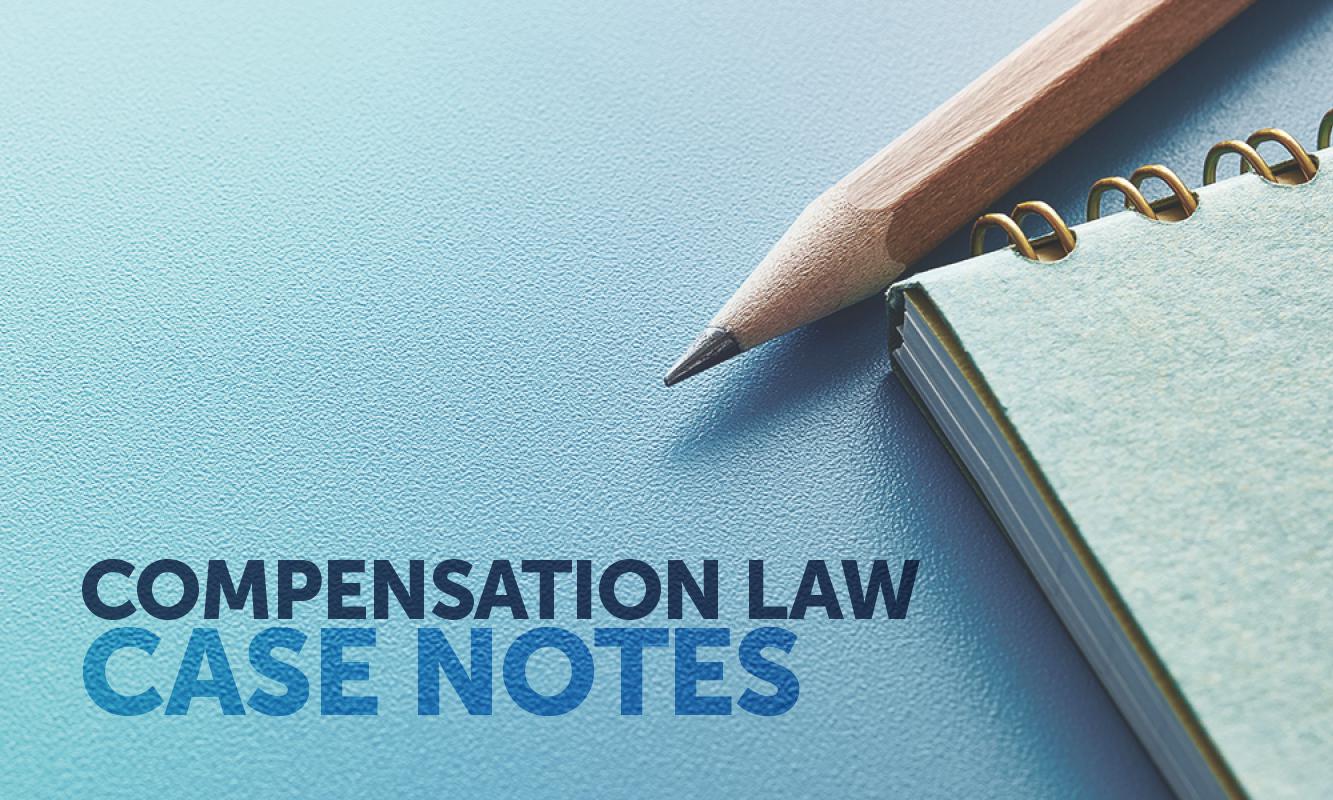Privilege – waiver – Motor Accident Insurance Act 1994 (Qld) – negligence – reasonable suspicion of fraud
Facts
The Applicant was injured in a motor vehicle accident in August 2022. She alleges that she suffered injuries to her spine, left hip, upper limbs and a psychological injury.
Shortly after lodging her CTP claim form, the Applicant was placed under surveillance by the respondent’s CTP insurer. Over 15 days, the investigator appointed by the CTP insurer, spent 60 hours observing the Applicant and recorded 180 minutes of video footage.
The CTP insurer, disclosed some still photographs taken from the surveillance footage to the solicitors for the Applicant and in doing so, asserted that the Applicant’s claimed injuries were inconsistent with the footage and that she was effectively, overstating the extent of her injuries and foreshadowing possible referral for consideration of prosecution for making false or misleading statements regarding her injuries.
The solicitors for the Applicant, requested a copy of the surveillance footage, the letter of instruction from the CTP insurer to its investigator and the investigator’s report.
The CTP insurer subsequently disclosed a copy of the surveillance report, which included 189 still photographs taken from the 180 minutes of video footage but not the actual footage itself.
Decision
Respondent to provide the Applicant with a copy of the 180 minutes of video surveillance footage, referred to in the investigator’s report, pursuant to section 50(2) and 47(1) of the Motor Accident Insurance Act 1994 (Qld); and
Applicant to file and serve an outline of submissions, regarding costs by 6 December 2023 and the Respondent to file and serve an outline of its submissions in response by 11 December 2023.
Per Kent KC, DCJ, decision delivered 29 November 2023
Ratio
The presiding judge considered the parties opposing submissions as to whether the Respondent’s CTP insurer had reasonable grounds to suspect the Applicant of fraud, in order to withhold disclosure of the investigation footage. He found that in the present application, the court had jurisdiction to consider, in an objective sense, the reasonableness of the grounds for formation of a suspicion by the Respondent’s CTP insurer.
He noted that a mere conflict of evidence would be insufficient to establish reasonable grounds but noted there was no authority stating the withholding of information must be on proper grounds.
The Respondent insurer, placed only the summary of the evidence before the court, not the full scope of the evidence.
Having reviewed that evidence put before the court, his Honour found that the Respondent insurer had failed to demonstrate reasonable grounds for the relevant belief of the suspicion of fraud, noting that, it had not, for example, shown any “inexplicable disconnect between the Applicant’s observable abilities. . . and her recorded symptoms, complaints and descriptions of her problems”.
In doing so, he also considered that the Applicant had not explicitly ruled out the possibility of performing those activities she was shown to be undertaken in the surveillance which may otherwise point to suspicion on reasonable grounds of dishonesty.
Further, and identified by the court as perhaps more important, the partial disclosure of the surveillance material by the insurer was found to be inconsistent with the continued exercise of the right of non-disclosure and in the present circumstances did not undermine some broader public benefit to discourage disclosure of evidence of perceived fraud.







Share this article